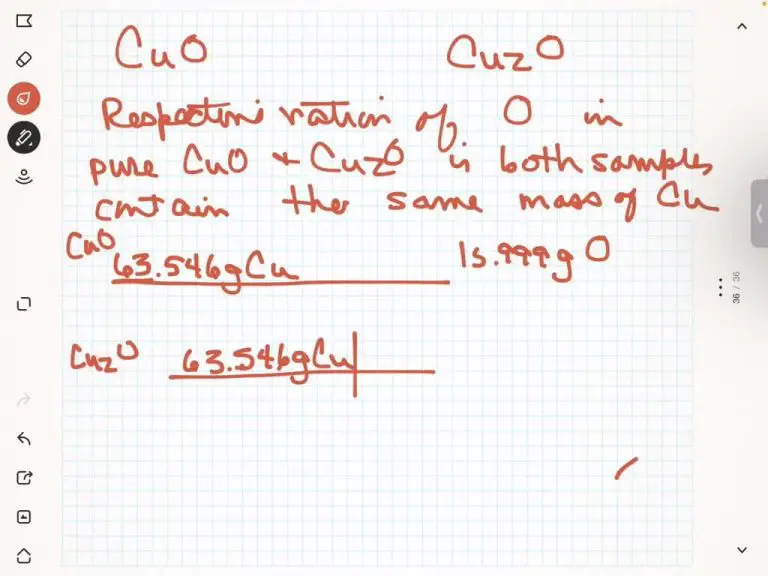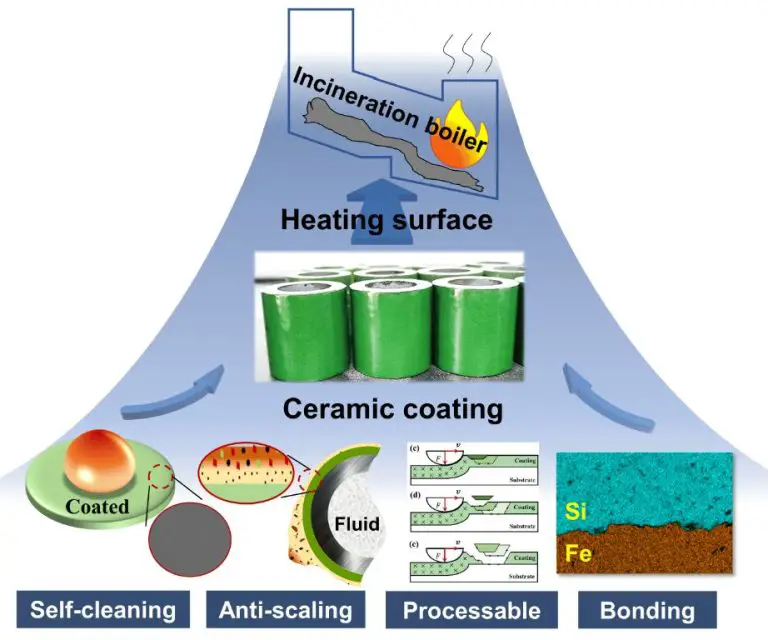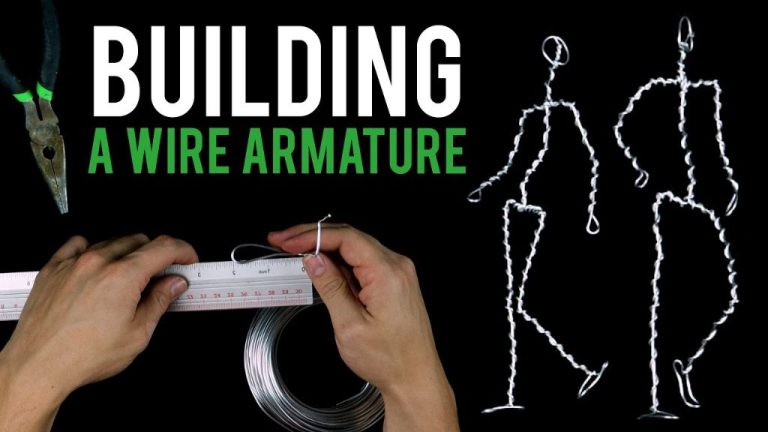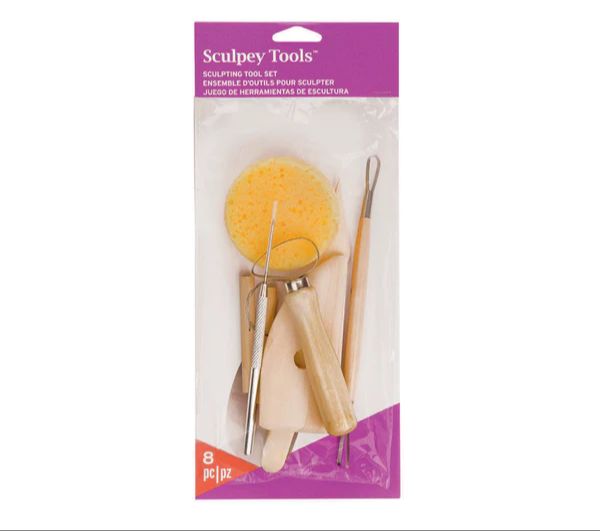Advanced Clay Sculpting: Exploring New Horizons
Clay sculpting allows artists to create stunning three-dimensional works of art. While beginners often start with simple forms and figures, advanced techniques open up new creative possibilities for experienced sculptors. Advanced methods build on foundational skills to enable more elaborate, lifelike, and dynamic sculptures.
Clay’s versatility and responsiveness make it one of the oldest and most widely used sculpting mediums. Archaeological evidence indicates humans started sculpting with clay over 25,000 years ago, seen in Venus figurines and other artifacts dating back to the Paleolithic era (James Cook Sculptures). Clay continues to captivate contemporary artists today.
Master sculptors like Edgar Degas, Auguste Rodin, and Louise Nevelson all worked extensively with clay. More recently, artists including Charles Parks, Patricia Piccinini, and Ursula von Rydingsvard have used clay to create monumental installations and fantastical forms pushing the boundaries of what’s possible with this medium (National Gallery of Art). As clay’s rich history shows, sustained practice paired with curiosity and experimentation can lead to new horizons for any sculptor.
Tools and Materials for Advanced Sculpting
Advanced clay sculptors use a wide variety of specialized tools to create intricate details and textures in their work. These can include various shaped loop tools, dental tools, wire tools, ribbers, engraving tools, and more. Having a full set of sculpting tools allows an artist to refine their creations and achieve effects difficult to produce by hand alone (1).
There are several types of clay commonly used by advanced sculptors, each with their own properties and characteristics:
- Oil-based clays – Offer smooth texture and ability to capture fine detail. However, they never fully harden and remain soft over time.
- Polymer clays – Pre-colored clays that harden when baked in a standard oven. Allow intricate detailing and bright, stable colors. But can be brittle.
- Earthen clays – Water-based clays that must be fired in a high temperature kiln to harden fully. Good for large, sturdy sculptures but harder to work with in detail (2).
Sculptors may also utilize materials like wire, foam, wood, and metal armatures to provide interior support for figures and shapes. Clays can be mixed with additives like grog (pre-fired clay particles) to alter their stiffness and properties as desired.
(1) https://www.pinterest.com/pin/353954851963166053/
(2) https://www.temu.com/sculpting-clay-s.html?page=26&page_size=40
Sculpting the Human Form
Human anatomy plays an essential role in sculpting realistic human figures. Understanding the skeletal structure, muscle forms, and proportions allows sculptors to accurately portray the human body. Some key anatomical knowledge for sculptors includes:
- The proportions and relationships between different body parts like the head, torso, limbs, hands, and feet
- The shapes and attachments of major muscle groups
- Joints and how they influence posture and movement
- Variation in body types, ages, genders, and ethnicities
There are several techniques sculptors utilize when working on the human figure:
- Starting with an armature or basic skeleton to establish the pose
- Adding clay muscles on top of the armature
- Smoothing and refining the forms to achieve anatomical accuracy
- Paying attention to gesture, weight, balance, and movement
- Working from live models, anatomical references, and imagination
Sculptors can take either a realistic or expressive approach when portraying the human figure. Realistic sculpture focuses on capturing precise anatomical details, musculature, and lifelike qualities. Expressive sculpture uses exaggeration and abstraction to convey emotion, character, and dynamism in the human form.
Regardless of style, knowledge of human anatomy enables sculptors to convincingly depict the human body in three dimensions.
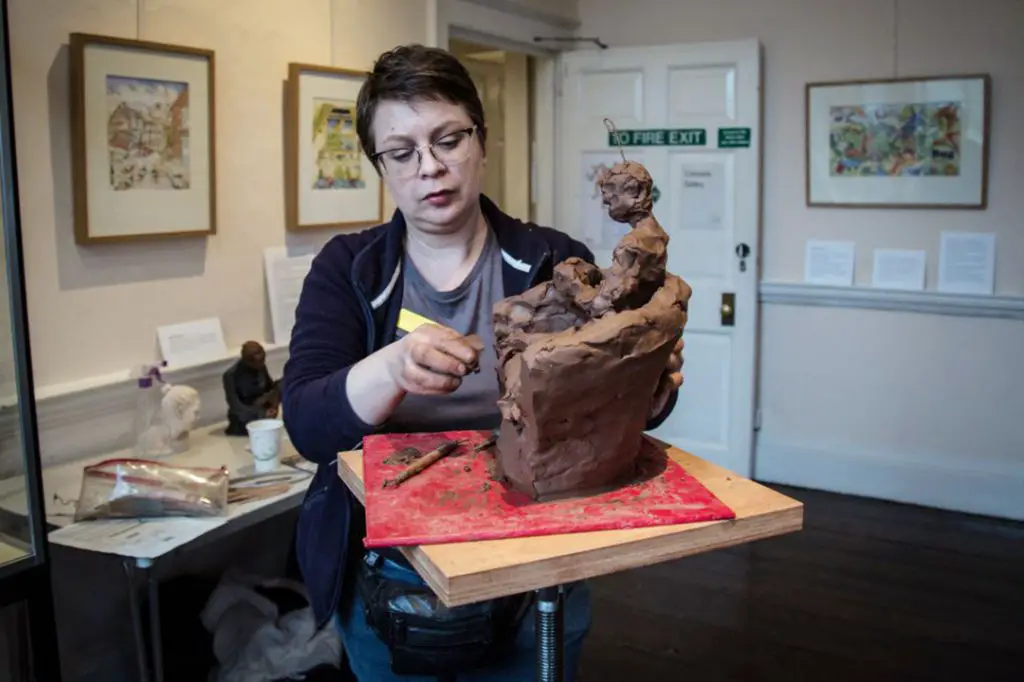
Animal Sculpting Techniques
Sculpting lifelike animal forms requires a deep understanding of animal anatomy. Artists must study the skeletal and muscular structures that give shape to the body and allow movement. Reference materials like Introduction to Animal Anatomy are invaluable for learning the proportions and relationships between different anatomical components.
Capturing realistic animal gestures and expressions is also critical. Pay close attention to the way the head, ears, eyes, mouth, legs, and tail move to convey different emotions and actions. Quick gesture sketches from life or photo references can help train an eye for animal body language.
Fur, feathers, scales, and skin textures are important for bringing an animal sculpture to life. There are many techniques for recreating natural coat textures in clay. These include using customized clay loop and ribbon tools, stippling or scorching the surface, as well as imprinting actual fur or feathers into the clay.
Sculpting Imaginary Creatures
When sculpting imaginary creatures, artists must tap into their creativity to develop unique designs while ensuring anatomical plausibility. Blending real animal anatomy with fantastical or mythical elements requires careful thought and planning.
Many sculptors start by studying real animal anatomy, focusing especially on creatures like horses, big cats, wolves, bears, and various reptiles. Having a strong grasp of musculature, skeletal structure, proportions, and texture helps provide a foundation for building imaginary creatures. Animal Anatomy for Mythical Beast Design by Terryl Whitlatch is an excellent resource for learning real animal anatomy applicable to imaginary creatures.
Once familiar with anatomical basics, sculptors can begin blending in imaginary elements, like wings, horns, exaggerated features, or complete departures from nature. Maintaining plausibility while including fantastical aspects requires careful balancing. Focus on emphasizing realism in key areas like the head, limbs, and torso to ground the creature. Attach wings or horns thoughtfully considering weight, balance, and musculature. Use textures, scales, fur, or creative coloration to elevate believability.
Throughout the process, evaluate creatures from multiple angles to identify any weak points in the design. Create quick small-scale models to iterate rapidly. Refine the forms and proportions, making sure the imaginary anatomy flows naturally. With practice and persistence, sculptors can create wondrous creatures that suspend disbelief.
Abstract and Conceptual Sculptures
Abstract and conceptual sculptures explore new artistic frontiers by focusing on expressing emotions, ideas, and meaning through non-representational forms rather than focusing on accurately depicting objects or scenes. This allows the artist to push the boundaries of traditional sculpture and invite the viewer to interpret the meaning and symbolism of the work.
Some key techniques and characteristics of abstract sculpture include:
- Using geometric, organic, or other non-objective forms
- Focusing on the feeling, mood, or idea being conveyed rather than replicating reality
- Incorporating metaphor, symbolism, or imagery to represent intangible concepts
- Experimenting with space, scale, gravity, and proportion in imaginative ways
- Emphasizing color, texture, light, and other visual elements as part of the composition
Pioneering abstract sculptors like Constantin Brâncuși and Henry Moore demonstrated how non-representational forms could express the essence of an object or concept. Contemporary artists have continued to innovate in the abstract style, using diverse materials from steel to paper to clay. Their sculptural experiments test the boundaries of what sculpture can communicate.
Conceptual sculpture takes abstraction even further by using sculpture as a means to convey ideas, often through installation, performance, or ephemera. Artists like Sol LeWitt emphasized the conceptual process over the tangible product. Their work invites deep reflection on topics like the human condition, political issues, or the role of art itself.
Abstract and conceptual approaches liberate sculpture from the constraints of mimesis. By exploring the emotive and cerebral potential of form, space, and materials, this avant-garde style opens new artistic frontiers for clay sculptors to explore.
Large Scale Sculptures
When creating large scale sculptures that are larger than human size, structural considerations become extremely important. The sculpture must be strong enough to support its own weight without collapsing or cracking. Choosing affordable materials that have durability for a reasonable price is also key.
Some commonly used materials for large sculptures include:
- Steel rods, bars, stainless steel – provides strength for tall or heavy sculptures. Steel can be welded or bolted together to create an internal armature. Source
- Foam – EPS foam blocks can be carved and coated with fiberglass resin for lightweight sculptures up to 8 feet tall.
- Wood – Affordable and workable for indoor sculptures up to 6-8 feet tall.
When planning a large sculpture, the installation space must be considered. Measure the area to ensure adequate room for the sculpture and visitors to view it. Sculptures intended for outdoors require durable, weather-resistant materials and a stable base.
Constructing an internal metal armature provides important structural support. The armature acts like the skeleton of the sculpture. Foam or other materials are then added on top of the armature. For guidance on building large sculpture armatures, refer to this reference on armature construction. Source
Finishing and Presentation
Finishing a clay sculpture well is just as important as sculpting it in the first place. Proper finishing techniques will enhance the look of your sculpture and help preserve it. There are several main techniques for finishing clay sculptures:
Sanding – Using various grits of sandpaper or sanding sponges/blocks helps smooth the surface and remove any fingerprints or imperfections. Start with a coarse grit and work up to finer abrasives for a polished look.
Texturing – You can add visual interest by imprinting textures into the surface using sculpting tools, natural items like leaves or bark, or household objects. Faux effects like woodgrain, scales, etc. can be achieved.
Painting – Acrylic paints work well on cured polymer clay and can be sealed with varnish. Water-based clays may require primer first. Paint accents details, adds color/dimension.
Properly mounting or displaying a sculpture helps present it. For freestanding pieces, sturdy bases prevent tipping. Wall hooks, clear acrylic stands, shelves, pedestals, or glass domes nicely show off sculptures.
To preserve work long-term, minimize exposure to sunlight which fades colors. Keep clay away from moisture which can deteriorate sculptures. Apply protective seals/varnishes. Store safely padded when not on display.
With careful finishing and presentation, an artist can truly make their clay sculpture into a professional work of art to showcase and enjoy for years to come.
Source: https://ceramicartsnetwork.org/daily/article/A-Couple-of-Cool-Clay-Sculpture-Techniques
Selling Sculptures Professionally
For sculptors looking to sell their work, partnering with galleries and participating in exhibitions are two of the best ways to gain exposure and attract buyers. When evaluating galleries, it’s important to consider their reputation, types of clientele, commission percentages, and overall fit with your work. Aim to partner with galleries that specialize in representing sculptors, as they will have the connections and expertise to appropriately price and promote 3D artwork. Be sure to research the exhibitions you apply to as well, favoring those focused specifically on sculpture that draw large crowds and collectors.
Pricing sculpture requires factoring in aspects like your experience level, materials, production time, and size/scale. While there are no hard and fast rules, pricing artwork too low can actually deter serious collectors. Experts recommend pricing based on your expenses and adding on a fair net profit of at least 30%. Also consider the competitive pricing range for other sculptors with similar profiles. Promoting sculptural work extends beyond just exhibitions and galleries. Maintaining a website portfolio and social media presence, networking within the art community, distributing marketing postcards, and contacting interior designers can also help generate interest.
Commissions can be highly lucrative for sculptors, allowing you to get paid upfront to create custom artwork. Actively seek out commissions by networking, maintaining an online portfolio, attending events that attract high-net worth clients, and directly contacting interior designers and architects. When quoting commissions, take into account all material, labor, transportation, and installation costs. Require a non-refundable deposit upfront, and do not begin work until you have a signed contract. [1] [2]
The Future of Clay Sculpture
Clay sculpture has come a long way from its earliest beginnings, but there are still many new frontiers to explore. As technology advances, sculptors are finding exciting new ways to push the boundaries of their creative visions. Some of the most innovative trends include:
Exploring new materials – While traditional clays like terra cotta and porcelain are still widely used, many sculptors are branching out into more experimental materials. These include paper clays like Creative Paperclay (https://www.susiebenes.com/blogs/airdryclayart/78872579-a-sculpture-material-for-the-future-an-intro-to-artist-air-dry-clays), which can be molded like clay but also sanded and carved when dry. The archival qualities allow for more durable sculptures. Epoxy clays that can be polished to a shine are also growing in popularity.
Harnessing 3D printing – While still early days, 3D printing holds exciting potential for sculptors to quickly manifest and iterate on designs. It can be used for prototypes before creating the final sculpture by hand, or to produce components that are assembled into a larger piece.
Pushing scale and complexity – Thanks to modern equipment and materials, sculptors today can create monumental pieces at scales never before possible. They can also achieve intricate surface textures and details. This allows for more ambitious and complex concepts to be realized.
Exploring motion and light – Kinetic sculptures with moving parts are an emerging trend, taking advantage of motors and electronics. Sculptors are also beginning to incorporate lights, video projections, and other multimedia effects into their work.
Overall, it’s an exciting time to be a sculptor, with more creative possibilities than ever before. The only limit is the artist’s imagination. By embracing innovation and technology while retaining their artistic vision, sculptors can continue taking their ancient craft to thrilling new horizons.

